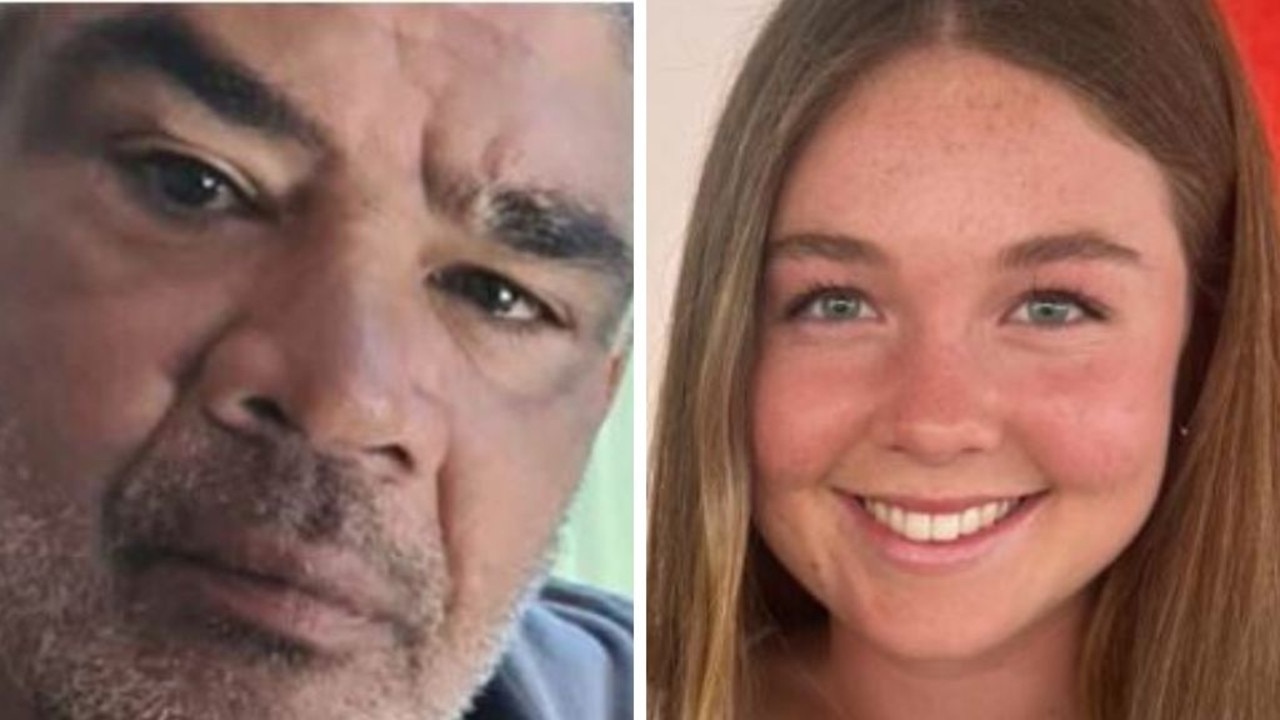Mystery solved? New hope for Australian cold case murders
THE sentencing this week of a murderer, more than 20 years after he killed a Sydney prostitute, may give hope to families of dozens of other Australian murder cold cases.
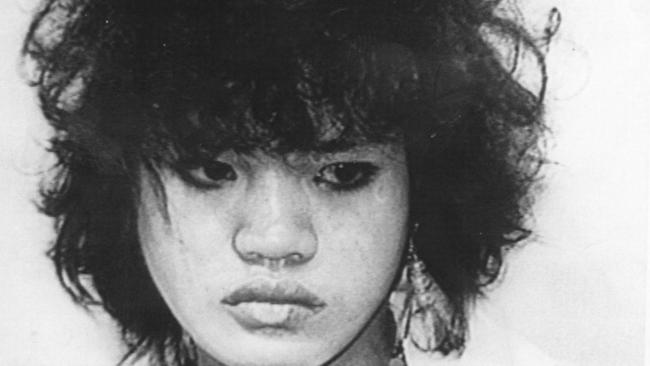
National
Don't miss out on the headlines from National. Followed categories will be added to My News.
IT TOOK more than two decades, but this week the man who killed Pia Navida was finally brought to justice.
Steve Isac Matthews was sentenced to a minimum jail term of 16 years and three months at the NSW Supreme Court on Thursday for the 1992 killing of Ms Navida, a 37-year-old Filipino woman.
She was found dead in the Royal National Park, south of Sydney, on February 1, 1992, but the case went unsolved until 2011 when advances in DNA technology allowed police to match semen found on Ms Navida’s body.
Matthews’s sentencing was a big win for the many cold cases that weigh heavily on the minds of investigators around Australia.
There are many murders that remain unsolved — and it’s not through lack of effort. Despite thousands of hours of police work, offers of rewards, desperate appeals for information, certain cases haven’t been closed by police.
Charlie Bezzina, a former Detective Senior Sergeant with 38 years policing experience, has a message for the killers who still walk free: “Murder doesn’t go away” and “Watch your back”.
“They’ve got to live with that guilt for the rest of their lives knowing that one day they will get that knock on the door.”
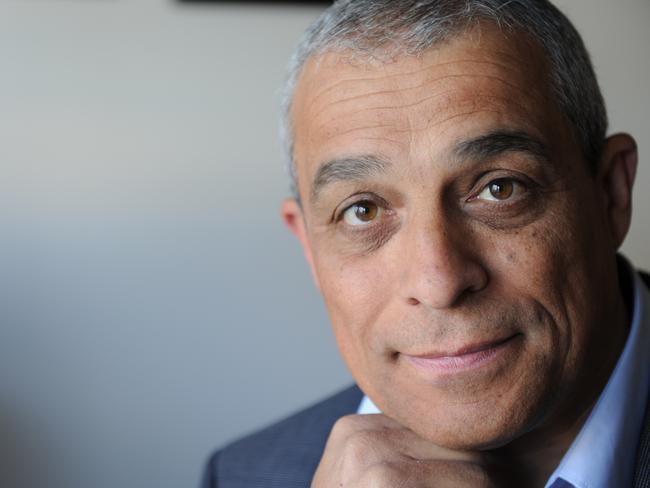
Some murderers couldn’t handle that pressure and told people what they’d done and even confessed to police when interviewed about other crimes.
“The perfect crime is when you do it alone and tell no one.”
Mr Bezzina told news.com.au it was not difficult at all to stay motivated on cold cases.
“You’ve got a personal attachment to it and you build up a strong relationship with the family of the deceased ... You have those strong ties and want to get a result.”
That determination was also driven by basic human nature. “It’s the thrill of the chase and no one likes to be beaten.”
But unlike the CSI-type crime shows on television, real life homicides weren’t solved in a short amount of time.
“Investigators know full well the level of evidence required to reach that bar,” Mr Bezzina said.
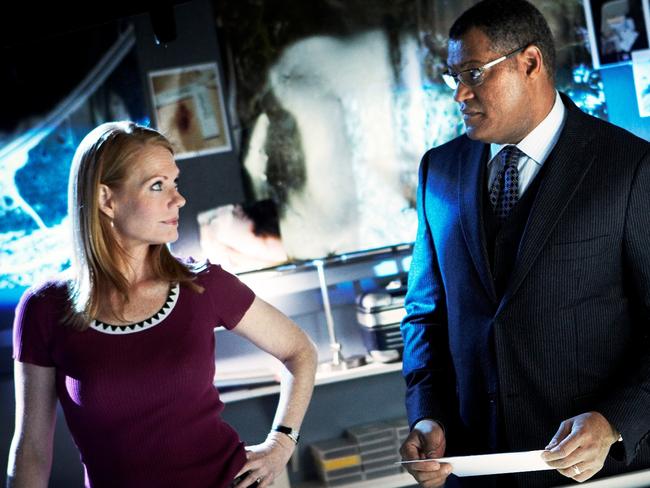
To get there everything from using listening devices to following people were used, “and every little step gets you a little closer to a solution”.
In that regard there was a bit of “Sherlock Holmes stuff” and “mind games” going on until finally you could build a case.
“There is a bit of cat and mouse going on.”
When he began policing in the 1980s they relied on fingerprints to help catch criminals — but advances in DNA technology had put previously difficult cases back in the frame to being solved.
Hopefully the jailing of Matthews for the murder of Pia Navida may give some hope to the families of dozens of other homicide victims where police have some evidence but not quite enough to put the killers away.
MORE AUSSIE COLD CASES
KATHERINE SCHWEITZER
Holocaust survivor Katherine Schweitzer, 81, had been strangled with a belt and her body dumped in a wheelie bin in the basement of her apartment building.
Despite having some forensic evidence from items in the bin around Ms Schweitzer’s body, and a person of interest, police have so far not been able to lay charges against anyone.
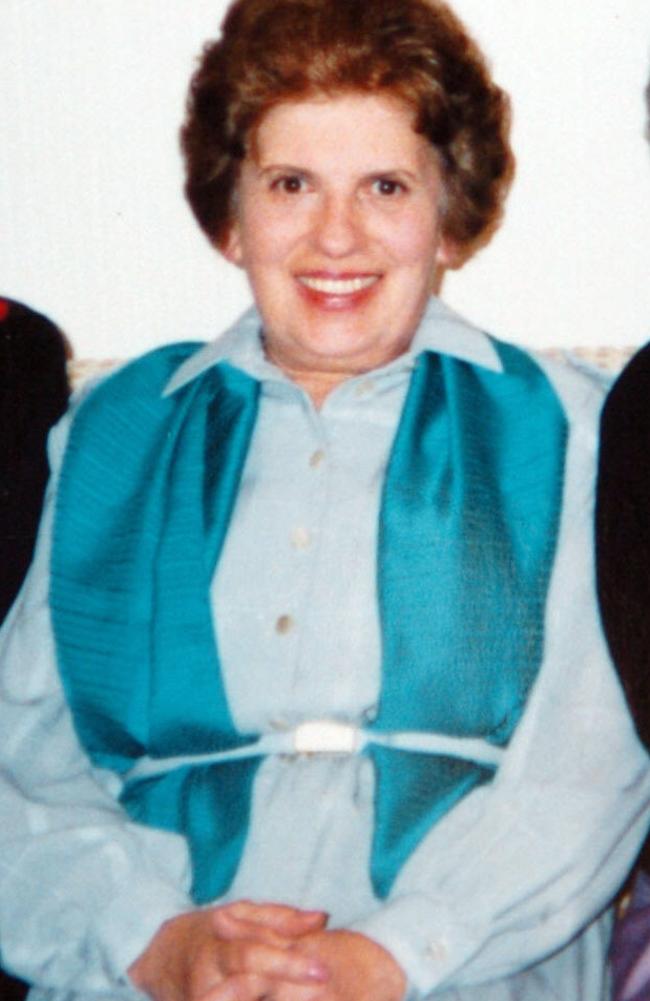
ANNETTE MAREE STEWARD
A mother-of-two, Annette Steward’s naked body was found in the bedroom of her Geelong West, Victoria, home in 1992 only two weeks before her 30th birthday.
The factory worker had been beaten and strangled. Police pursued strong leads and told the Herald Sun they had a prime suspect.
The cold case squad has revisited the case twice but still haven’t been able to make an arrest.
An officer involved in the case believes the killer is still alive but hasn’t been arrested because of insufficient evidence.

VICTORIA CAFASSO
Tasmania’s most infamous unsolved murder, 20-year-old Victoria Cafasso, an Italian tourist, was found stabbed to death on Beaumaris Beach in October 2005.
Hundreds of people were interviewed and her clothing and other items have been tested for DNA and then retested when the technology improved ... But nothing new was found.
Investigators even appealed directly to anyone who might know something about the murder to come forward and clear their conscience.
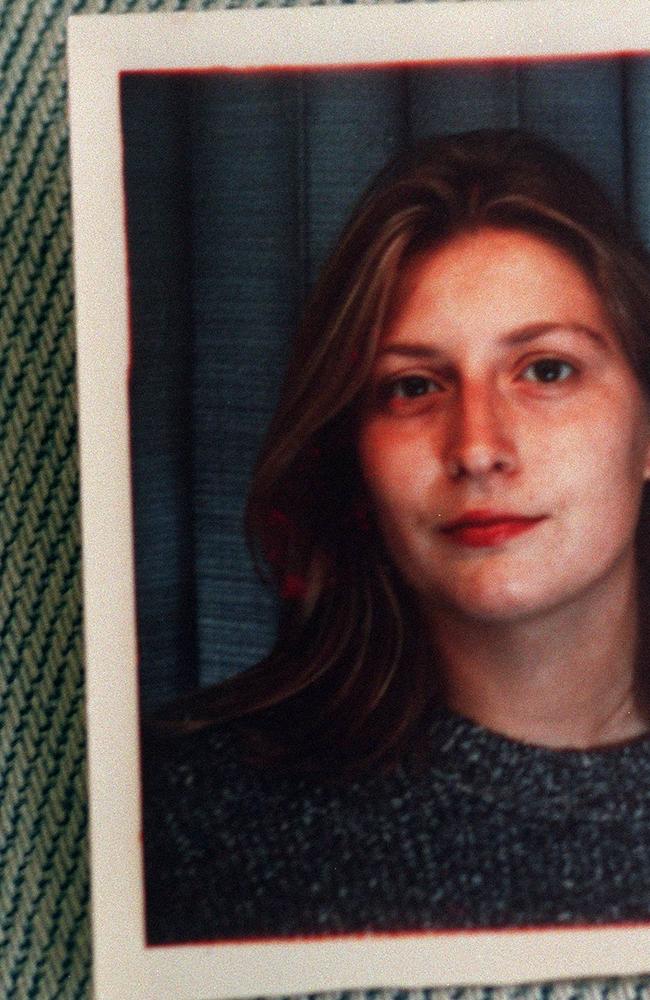
PHYLLIS HARRISON
A security conscious grandmother, Phyllis Harrison, 71, was found dead in her Adelaide home in March 1998 by her daughter.
She had been stabbed several times. The last known sighting of her had been the night before when she was seen walking her dog.
Once again police say they have some forensic evidence — and a suspect — but have not got enough to lock up Mrs Harrison’s killer.
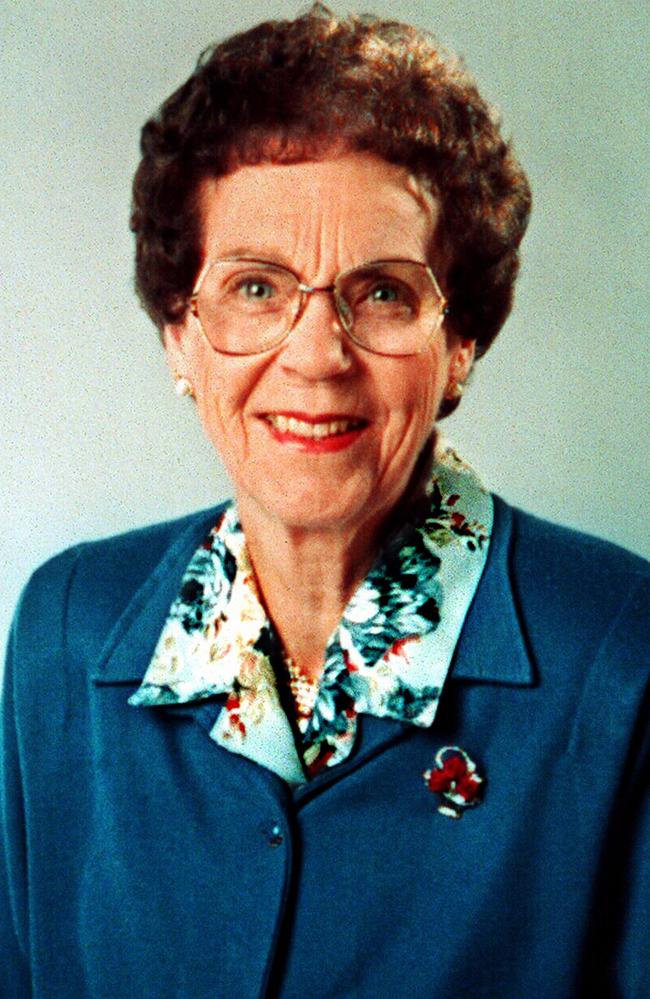
SHANDEE RENEE BLACKBURN
Shandee Blackburn, 23, was only metres from her Mackay, Queensland home when she was stabbed to death and died on the footpath in February 2013.
She’d been walking from work when she was attacked. Her cream handbag, that she had with her when she left work, wasn’t found with her body.
Police believe the bag, with a small decorative skull on it, was stolen by the killer. They released a picture of a white car, captured on CCTV, they think can help with the investigation.
Earlier this year police offered a $250,000 reward for any information that would lead to the conviction of her killer
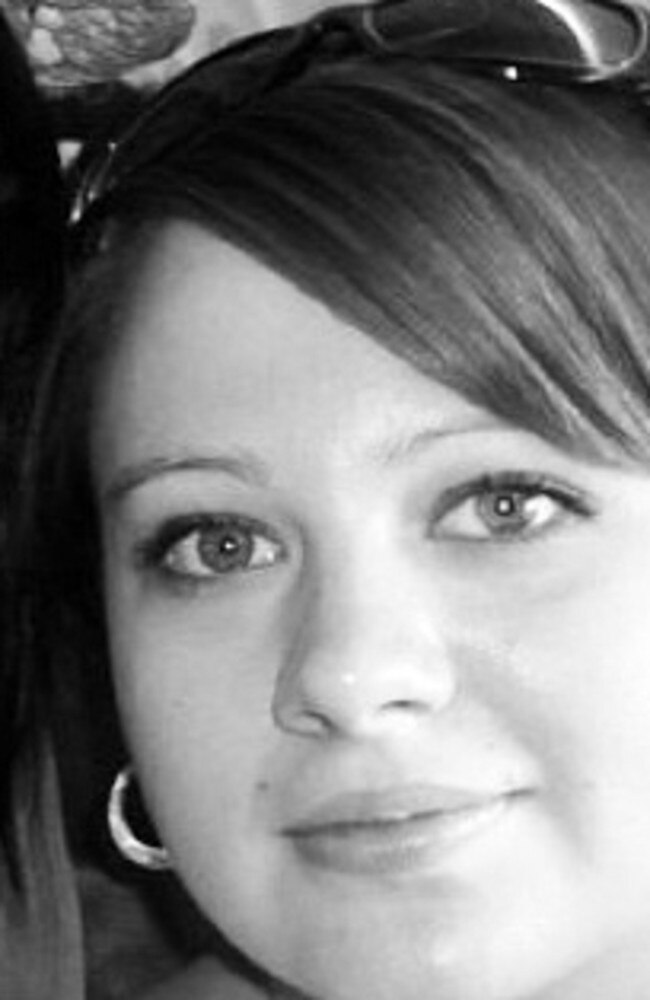
Originally published as Mystery solved? New hope for Australian cold case murders

